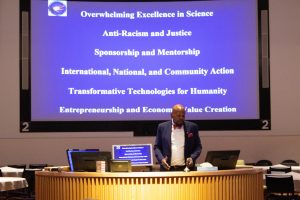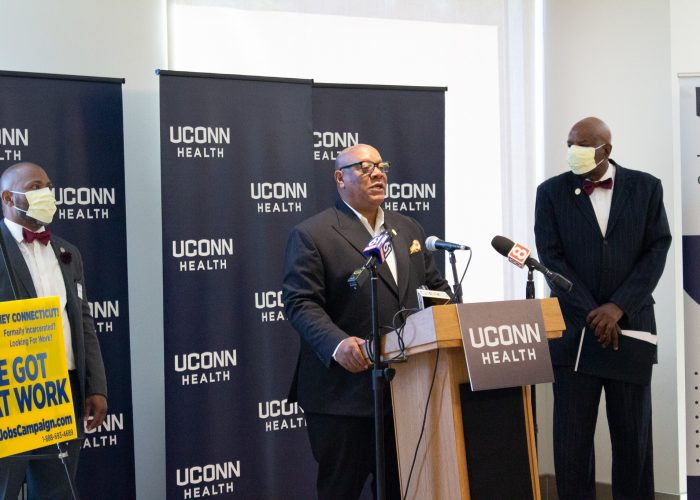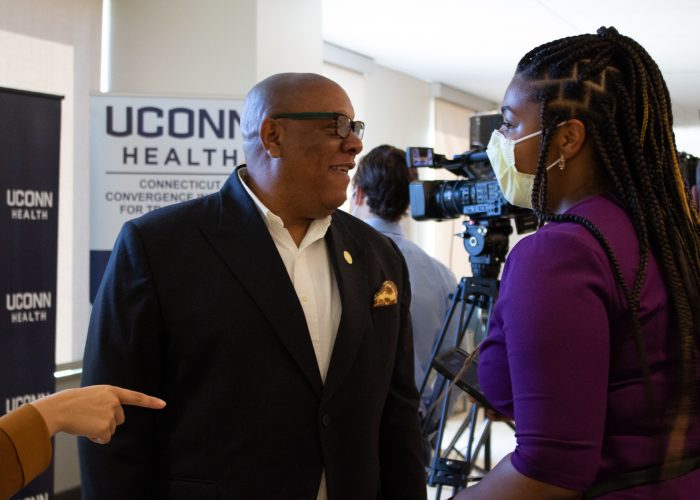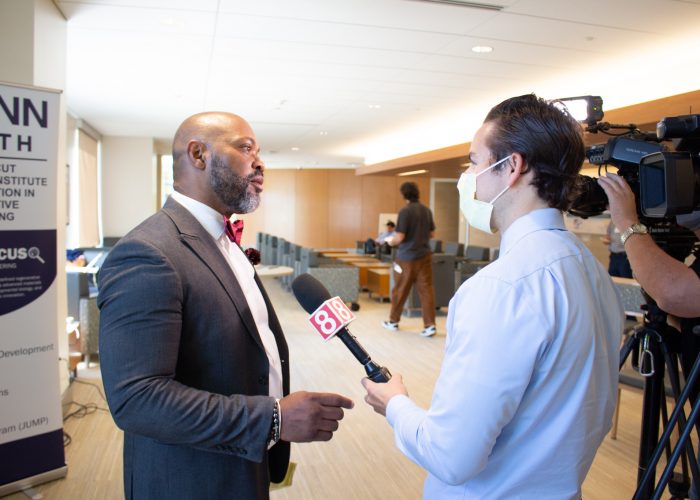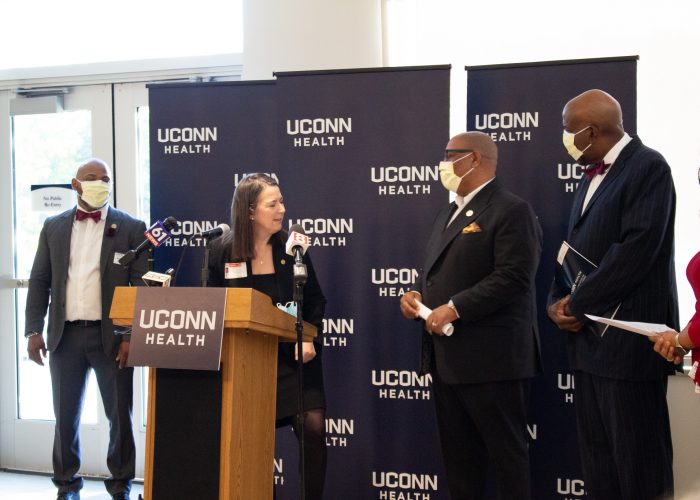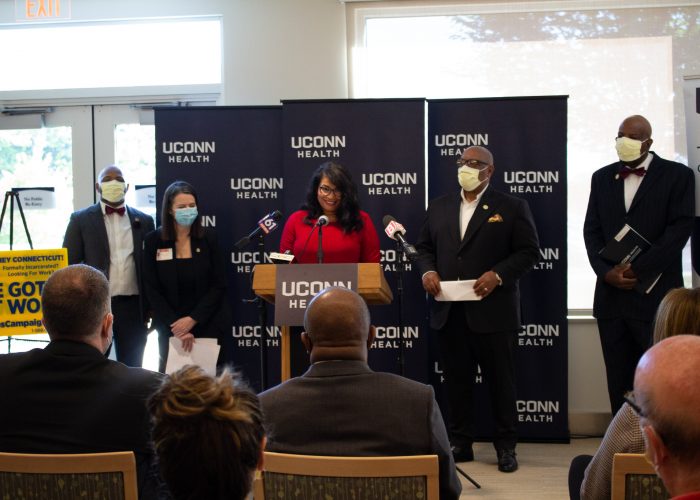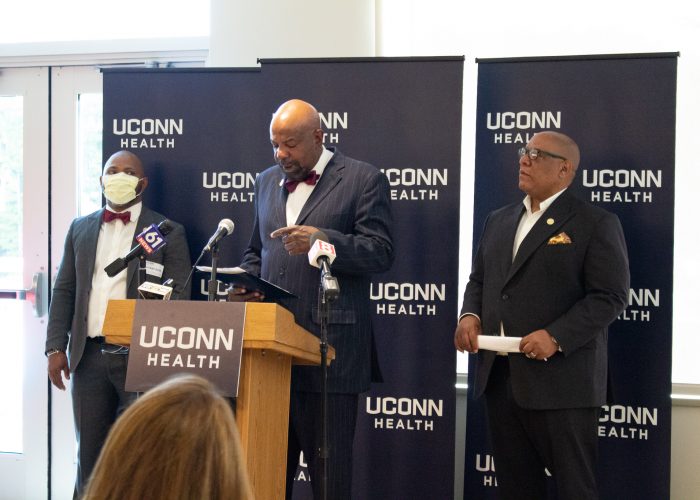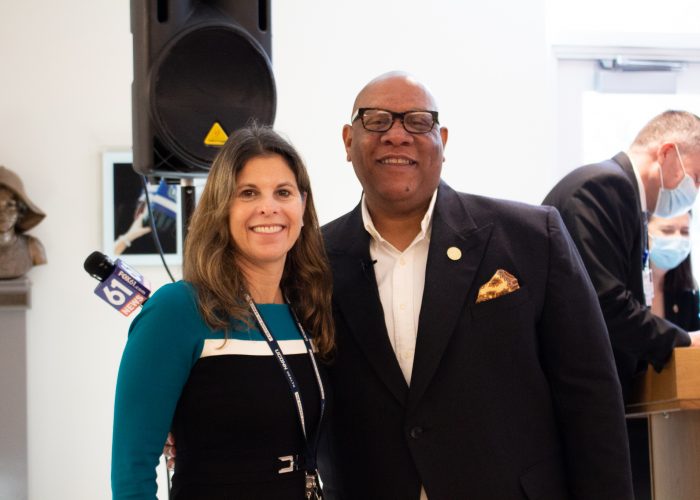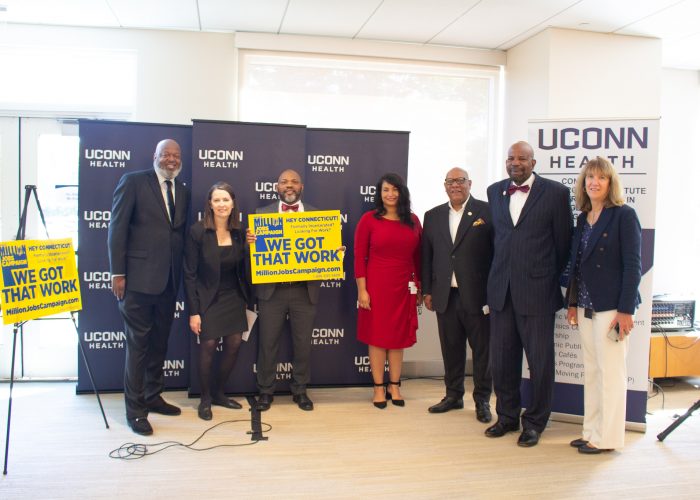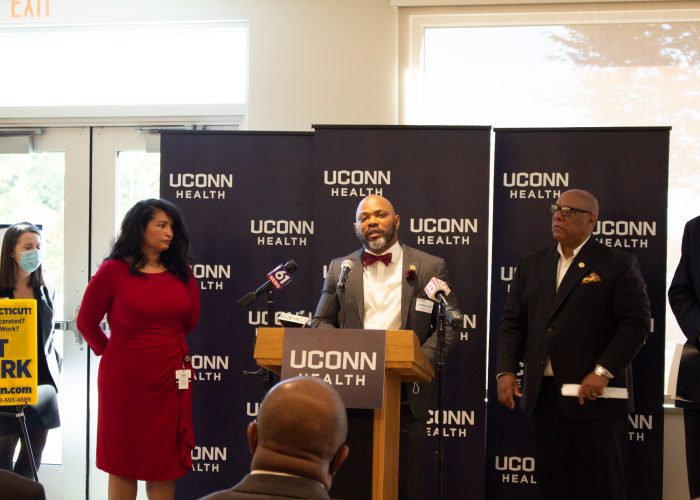As we begin this New Year, I want to thank everyone for your collective efforts every day to make the Health Center successful. Because of you, I am confident we have the talent, dedication and commitment to achieve our goal of becoming a top tier institution.
As a force dedicated to the betterment of people, you have shown, time and again, your compassion and empathy for our community and our world, including recent response efforts to help the people of Haiti. Later today, President Hogan and I will send messages with additional information about how we can help the recovery effort.
Looking back, last year presented many challenges and successes. While our aspiration to join the ranks of the nation’s top tier academic medical centers would have been catalyzed by the proposed partnership with Hartford Healthcare Corp, it never relied on its successful completion. Looking forward, we are initiating new strategic and capital planning processes to establish new paths forward to achieving that goal.
We have many reasons to be hopeful. One of the most encouraging signs has been the improved financial picture we have seen in the last six months. This is a testament to your hard work and the willingness of our elected officials to invest in the Health Center. While I remain cautious in my optimism, our financial projections suggest that we will finish this fiscal year on budget. John Biancamano, our Chief Financial Officer, and his team deserve a lot of credit for helping to stabilize our finances.
At the end of last year, our hospital received a very favorable site visit by the Joint Commission. We are looking forward to the announcement of the survey results in the next few months. This, coupled with the recent news of the Department of Public Health’s decision to end our probationary status one year early, culminates a year-long effort by our hospital management team and hospital staff to improve quality and strengthen patient safety throughout the Health Center. I want to express my appreciation to Dr. Mike Summerer, the Hospital Director; Ms. Ellen Leone, AVP and Director of Nursing; and Ann Marie Capo, AVP for Quality Programs for leading this effort and the many, many individuals who devoted time and effort to bring about this success.
In addition, our research enterprise is experiencing record levels of new grant awards thanks to the ARRA program and our exceptional faculty. A number of major institutional grants have received very strong scores, and I hope to announce the awards soon. I need to commend Dr. Marc Lalande, Senior Associate Dean for Research, and our outstanding staff at the Office of Sponsored Programs lead by Dana Carroll. Looking to the future, it is clear we must continue to grow our research base and we have begun several new searches for basic science faculty in accordance with the research strategic plan of the Research Council.
Our academic mission continues to flourish. The School of Dental Medicine, under the direction of Dr. Monty MacNeil, experienced a very successful re-accreditation site visit during the past year. We believe we will continue that success later this month when the School of Medicine will undergo its seven-year LCME re-accreditation visit. Thanks to the careful planning and vision of many academic leaders, including Drs. Casey Jacob and Bruce Koeppen, we feel ready for this visit.
The Health Center is well positioned, on all fronts, for a year of rapid movement and continued success. While many challenges remain, I am convinced that becoming a top tier health center is, in fact, attainable. I look forward to working with you on many of these initiatives. Together, we will go far.
